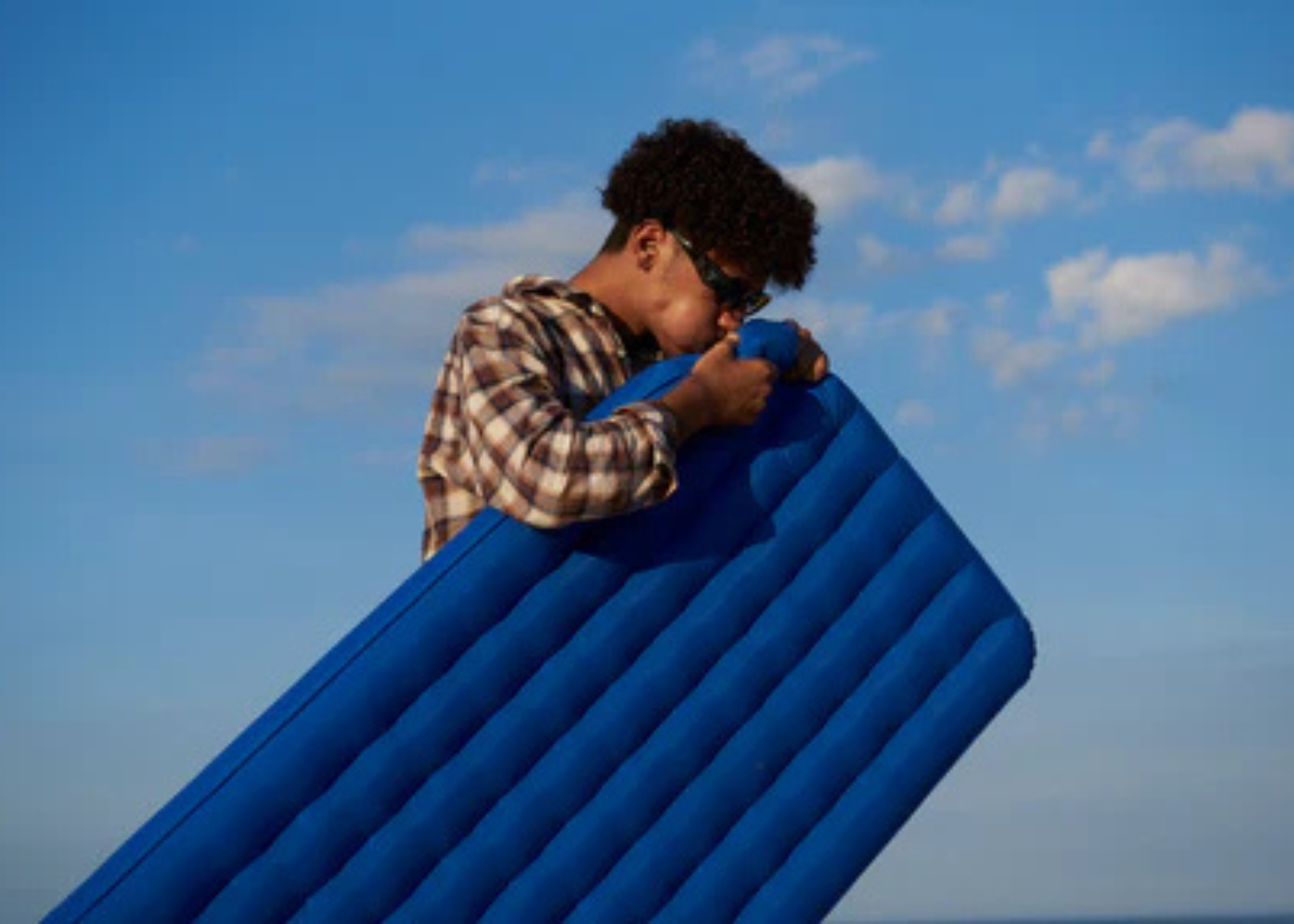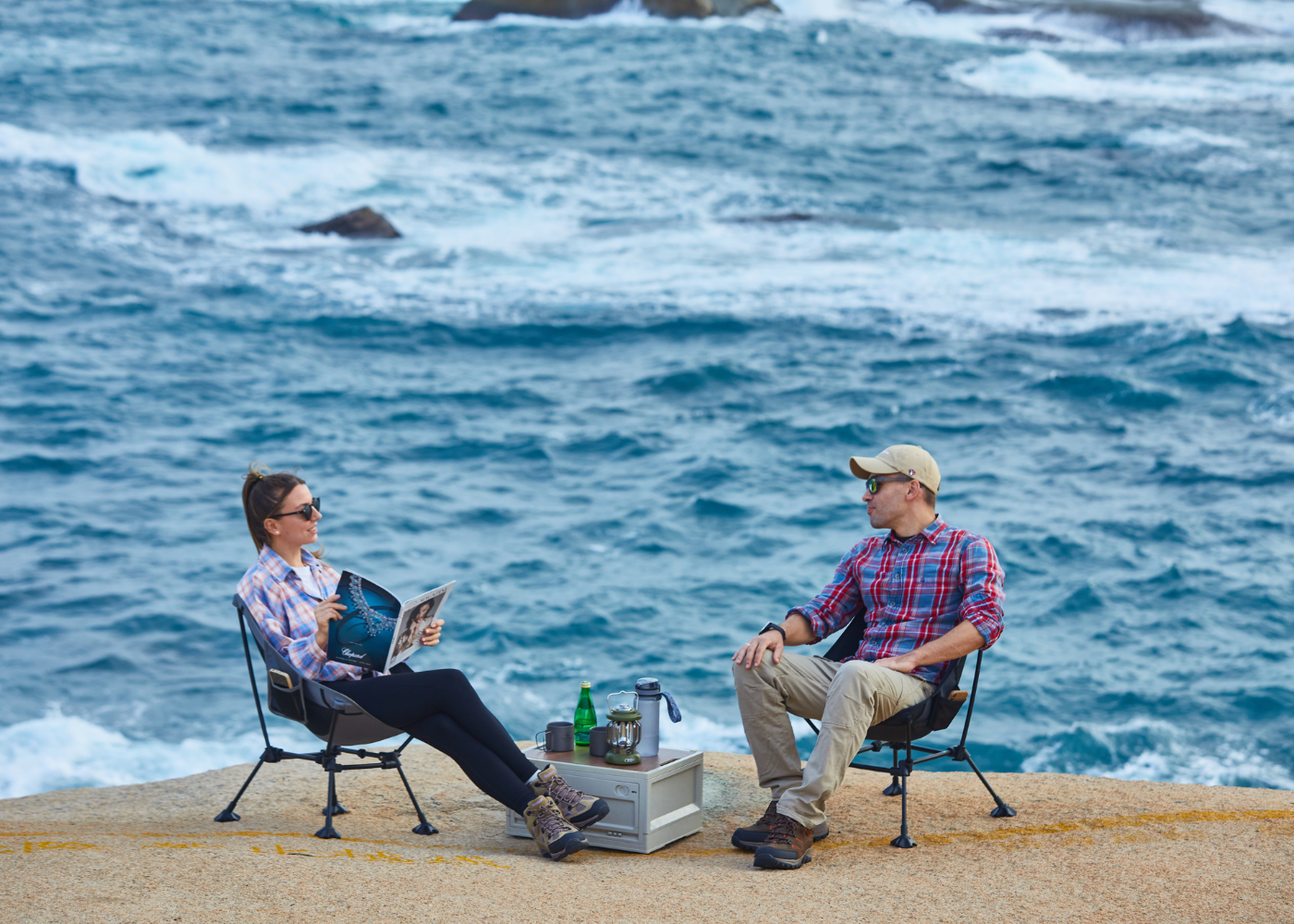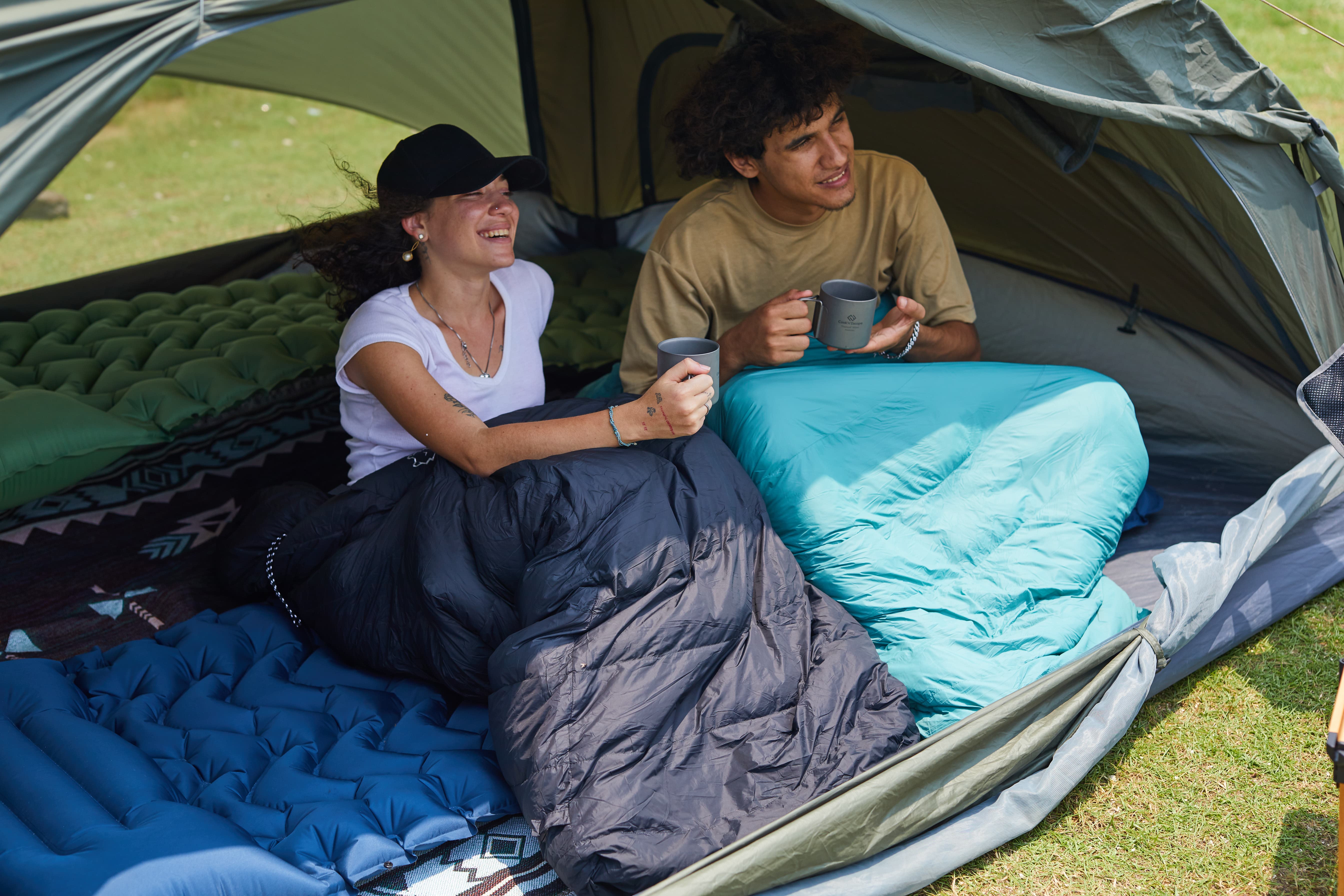When planning a backpacking trip, every ounce in your pack matters—and so does every night’s sleep. That’s why choosing the best sleeping pad for backpacking is essential for your comfort, warmth, and recovery. Whether you're a seasoned hiker or a first-time camper, finding the right backpacking sleeping pad can make or break your outdoor adventure.
In this blog, we’ll walk you through everything you need to know about selecting the right sleeping pad, including R value sleeping pad ratings, types like self inflating sleeping pads, and key features to look for when choosing the best sleeping pad for your next trip.

Why a Good Sleeping Pad Matters
Many backpackers focus heavily on their sleeping bags or tents, but a sleeping pad plays a crucial role in both comfort and insulation. A proper sleeping pad backpacking setup can:
- Insulate you from the cold ground
- Provide cushioning against uneven surfaces
- Improve sleep quality on multi-day hikes
- The right backpacking sleeping pad helps you recover better overnight and stay warm in chilly conditions.
Understanding R-Value: Insulation Matters
One of the most important factors in choosing a sleeping pad is its R-value. The R value sleeping pad rating measures the pad’s ability to resist heat loss to the ground. Here’s a quick guide:
- R-value 1–2: Suitable for warm weather
- R-value 2–4: Good for 3-season backpacking
- R-value 4.5+: Ideal for cold-weather or all-season use
- For example, our All-Season Insulated Sleeping Pad features an impressive R-value of 6.6, making it one of the best sleeping pads for winter backpacking or high-altitude adventures.

Types of Sleeping Pads: Self Inflating vs. Air Pads
There are several types of backpacking sleeping pads, but two of the most popular options are:
1. Self Inflating Sleeping Pads
A self inflating sleeping pad combines open-cell foam and air. When you open the valve, the foam expands, pulling in air automatically. These pads:
-
Are easy to use
-
Provide solid insulation
-
Are more durable than air-only pads
They’re perfect for hikers who prioritize ease of use and a bit more comfort.
2. Ultralight Air Pads
If weight is your top concern, go with an ultralight air pad. While they may lack insulation, they compress small and weigh very little—ideal for thru-hikers and minimalist backpackers.

What Makes the Best Sleeping Pad?
Here are the top features you should look for in the best sleeping pad for backpacking:
-
Weight and pack size – Light enough to carry, compact enough to fit in your pack
-
Comfort and thickness – At least 2–3 inches thick for side sleepers
-
Durability – Ripstop fabric or TPU coating is ideal for rugged terrain
-
Ease of inflation – Quick-inflate valves or self inflating design
-
Insulation (R-value) – Pick according to your climate and season
Our ATEPA All-Season Insulated Pad checks all these boxes, making it a top contender for the best sleeping pad in various weather conditions.

Final Thoughts: Choose Smart, Sleep Better
A high-quality sleeping pad backpacking experience isn’t just a luxury—it’s essential for safety and recovery. The right pad, with a solid R value sleeping pad rating and a reliable design like a self inflating sleeping pad, ensures restful nights under the stars.
Explore our full range of backpacking sleeping pads to find the one that fits your needs, adventure style, and destination. Your next summit deserves a good night's sleep.




Laisser un commentaire
Tous les commentaires sont modérés avant d'être publiés.
Ce site est protégé par hCaptcha, et la Politique de confidentialité et les Conditions de service de hCaptcha s’appliquent.